
Dajuegong Palce and The Ancient Tea Horse Road Museum in Lijiang
Introduction
The Tea Horse Road Museum (茶马古道博物馆), also known as Dajue Palace (大觉宫), is an essential part of the Ming Dynasty Mu family’s “Shuhe Courtyard” architectural complex. This museum is a precious ancient structure that focuses on the culture of the Tea Horse Road, local customs of Shuhe (束河), and the culture of Pu’er tea (普洱茶). It is the first museum in China dedicated to the study and exhibition of the historical culture of the Tea Horse Road and also serves as the first professional institution in Lijiang (丽江) to engage in the research, promotion, and publicity of Pu’er tea culture.
Chinese Name: 茶马古道博物馆
Category: History Museum
Opening Hours: Year-round: Monday to Sunday 09:00-18:00
Location: Zhonghe Road, Shuhe Ancient Town, Gucheng District, Lijiang (丽江市古城区束河古镇中和路)
Exhibits:
- Hall of Introduction (序厅)
- Historical Events Hall 1 (史事1厅)
Table of Contents
- Museum Layout
- Development History
- Visitor Information
- Geographic Location
- Opening Hours
- Admission Fees
- Transportation
Museum Layout
The Tea Horse Road Museum is part of the Ming Dynasty Mu family’s “Shuhe Courtyard” complex and features six murals that are among the few remaining Ming Dynasty mural exemplars in Yunnan (云南), classified as provincial cultural relics. The surrounding buildings were used as classrooms for Shuhe Primary School during the Republic of China era and are now well-preserved, making them an important site for tourists to learn about the historical culture of the Tea Horse Road.
The museum comprises five exhibition areas:
- Hall of Introduction (序言厅)
- Mural Exhibition Hall (壁画展厅)
- Historical Events Hall 1 (史事一厅)
- Historical Events Hall 2 (史事二厅)
- Shuhe Living Hall (束河生活厅)
- Shuhe Cobbler Hall (束河皮匠厅)
These exhibit the rich history and culture of the area:
Hall of Introduction (序言厅)
In 641 AD (the 15th year of the Tang Dynasty’s Zhenguan era), Tibetan King Songtsen Gampo (松赞干布) successfully requested to marry Princess Wencheng (文成公主), who brought advanced production methods and tea-drinking customs to Tibet.
During the reign of Tang Emperor Xuanzong (唐玄宗), tensions between the Tang and Tibetan states led to a ban on tea entering Tibet. Consequently, the Tibetan Empire utilized the previously opened Yunnan-Tibet passage to resolve the tea crisis. This marked the entry of Yunnan tea into Tibet, later reaching India, West Asia, and Europe.
From the Song and Yuan Dynasties to the Ming and Qing Dynasties, the Tea Horse trade expanded further due to political, military, and economic reasons, establishing the Tea Horse Road as a vital link between various ethnic groups in Southwest China and the central dynasty. By the time of the Anti-Japanese War, when the Japanese military blocked sea routes, the ancient Tea Horse Road became the only international route, facilitating the entry of significant strategic materials into the inland regions, supporting the war efforts and promoting the development of towns along the route.
Lijiang, due to its strategic location on the Yunnan-Tibet route and the existing ethnic and religious cultural relationships between the Naxi (纳西族) and Tibetan (藏族) peoples, became a crucial participant in the Tea Horse Road trade. This passage attracted numerous foreign explorers to Lijiang and the Three Parallel Rivers region, introducing its rich biodiversity and cultural diversity to the world. The Old Town of Lijiang (丽江古城), including the Shuhe residential building complex, was listed as a UNESCO World Cultural Heritage site in December 1997. The Three Parallel Rivers was designated as a World Natural Heritage site in July 2003, and the Naxi Dongba ancient manuscripts were recognized as a World Memory Heritage in August 2003.
The Tea Horse Road is one of the oldest routes in mainland China, comparable to the Northern and Southern Silk Roads. Its significant role and lasting impact await further research and understanding.
Mural Exhibition Hall (壁画展厅)
The murals of Dajue Palace are an essential part of the Lijiang murals. They were painted over 300 years from the 18th year of the Hongwu era (公元1385年) of the Ming Dynasty to the 8th year of the Qianlong era (公元1743年) of the Qing Dynasty, found throughout Lijiang Old Town and in several temples, including Juexian Temple (觉显寺), Hufa Hall (护法堂), Wande Palace (万德宫), Shanshiyuan (珊碧院), Guiyitang (皈依堂), Guangbilou (光碧楼), Hantan Temple (寒潭寺), Dajue Palace (大觉宫), Dabaojijun (大宝积宫), Liuli Hall (琉璃殿), Dading Pavilion (大定阁), Fuguo Temple (福国寺), and Xuesong Temple (雪松寺), with about 200 murals remaining. Currently, only the Dabaojijun (大宝积宫), Liuli Hall (琉璃殿), Dading Pavilion (大定阁), and Dajue Palace (大觉宫) still exist, totaling 50 murals covering an area of 154.57 square meters.
It is remarkable that such a large-scale collection of murals has been preserved in a historically described “barbaric” region of the southwestern border of the motherland.
Dajue Palace is located 4 kilometers northwest of Lijiang Old Town in Shuhe Village. It contains six existing murals that originated during the Ming Dynasty under the reign of the Mu family, resembling the murals of Dabaojijun, which are believed to have been created recently or slightly later.
Historical Events Hall (史事厅)
Many significant historical events have occurred along the thousand-year-old Tea Horse Road, profoundly impacting later history. The museum introduces various historical events, including the southern expeditions of Tibet (吐蕃南征), the Battle of Tianbao (天宝之战), the entry of Yunnan tea into Tibet (滇茶进藏), the Tea Horse barter trade (茶马互市), and the Yuan Dynasty’s introduction of leather bags (元跨革囊).
Information related to the Historical Events Hall 2, Shuhe Living Hall, and Shuhe Cobbler Hall is still under development.
The museum’s building was originally part of the Mu family’s “Shuhe Courtyard,” which dates back over 400 years. The “Dajue Palace Murals” were created by renowned Jiangnan (江南) painter Ma Xiaoxian (马萧仙), known for their refined technique and preservation of Tang Dynasty painting styles. In 1998, they were classified as a provincial key protection unit.
Development History
The southern expeditions of Tibet established the “Shenchuan Dudu Office” in Lijiang, marking the origin of the Tea Horse Road. The ban on tea into Tibet by Emperor Ming of Tang prompted the entry of Yunnan tea into Tibet. The military needs of the Song Dynasty stimulated the prosperity of the Tea Horse barter trade. Therefore, from the Yuan and Ming Dynasties to modern times, the Tea Horse Road became a vital link for cultural and economic exchanges between Yunnan (云南), Tibet (西藏), and Sichuan (四川).
Originating in southern Yunnan, the route passes through Dali (大理), Lijiang (丽江), Diqing (迪庆), and Lhasa (拉萨), reaching India, traversing the culturally rich and naturally picturesque regions of “Three Parallel Rivers” and “Shangri-La.”
The Tea Horse Road Museum (茶马古道博物馆) is China’s first dedicated institution for the study and display of the historical culture of the Tea Horse Road. It comprises eight sections: Hall of Introduction (序厅), Historical Events Hall 1 (史事1厅), Historical Events Hall 2 (史事2厅), Shuhe Hall (束河厅), Cobbler Hall (皮匠厅), Tea Horse Customs Hall (茶马风情厅), Tea Art Hall (茶艺厅), and Resource Center for Influences (影响资料中心). These sections systematically introduce the origin time, routes, and significant historical events related to the Tea Horse Road, serving as an important window for understanding its history and culture.
The Tea Horse Road originated from the ancient barter trade of tea and horses in the southwestern border region, flourishing during the Tang and Song Dynasties, and reaching its peak during the Ming and Qing Dynasties, especially thriving during the later stages of World War II. The route has two branches: the Sichuan-Tibet and Yunnan-Tibet routes, connecting Sichuan (四川), Yunnan (云南), and Tibet (西藏), extending into Bhutan (不丹), Sikkim (锡金), Nepal (尼泊尔), India (印度), and eventually to West Asia and the Red Sea coast of West Africa. The Yunnan-Tibet Tea Horse Road likely formed in the late 6th century, starting from the main tea-producing areas of Yunnan, such as Simao (思茅) and Pu’er (普洱), passing through today’s Dali Bai Autonomous Prefecture (大理白族自治州), and crossing the Jinsha River (金沙江), Yangtze River (长江), and Lijiang River (丽江).
During the ancient times, the importance of the Tea Horse Road had already emerged, establishing its role as a trade hub between China and the world. Tea and horses served as the primary traded goods, but other commodities included textiles, herbs, grains, and silver. The impact of the Tea Horse Road is still evident today, with various tea styles and rich cultural legacies preserved in Yunnan.
Visitor Information
Geographic Location
The museum is located at Zhonghe Road, Shuhe Ancient Town, Gucheng District, Lijiang, Yunnan Province, China.
Opening Hours
- Year-round: Monday to Sunday, 09:00 AM – 06:00 PM
Admission Fees
- Adults: 30 RMB
- Children: Free
- Discounts may apply for students and seniors.
Transportation
- From Lijiang Old Town: Take a local bus to Shuhe Ancient Town (approximately 15 minutes).
- Taxi: Approximately 10-15 RMB for a taxi from Lijiang Old Town to Shuhe Ancient Town.
The Tea Horse Road Museum is a unique establishment that showcases the rich history and culture of the Tea Horse Road, providing an immersive experience for visitors interested in tea and trade history. Its strategic location, diverse exhibits, and engaging presentation make it an essential stop for tourists exploring the Lijiang area.
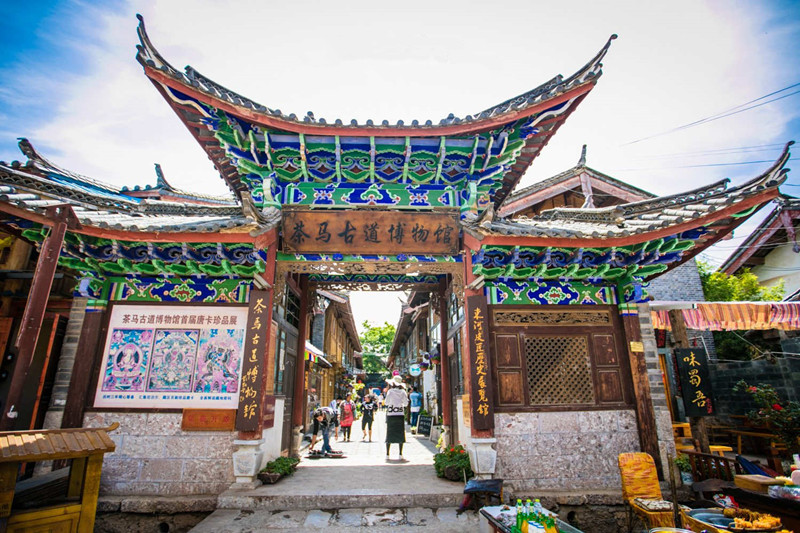
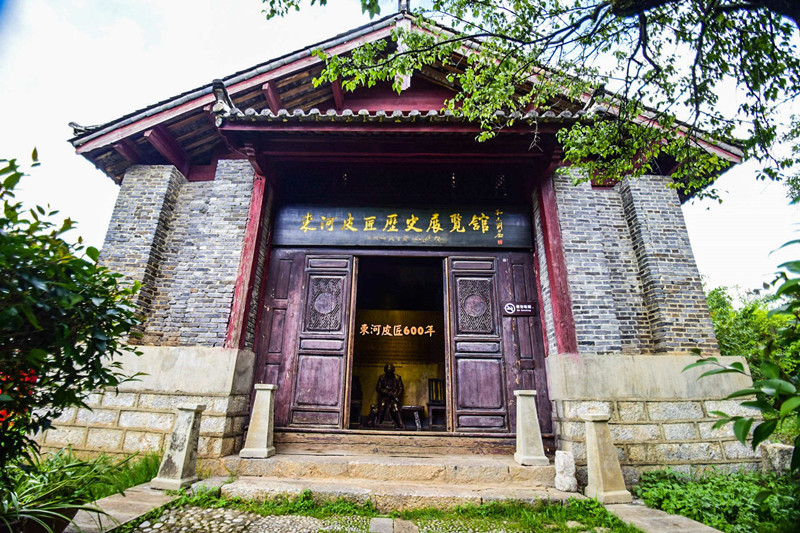

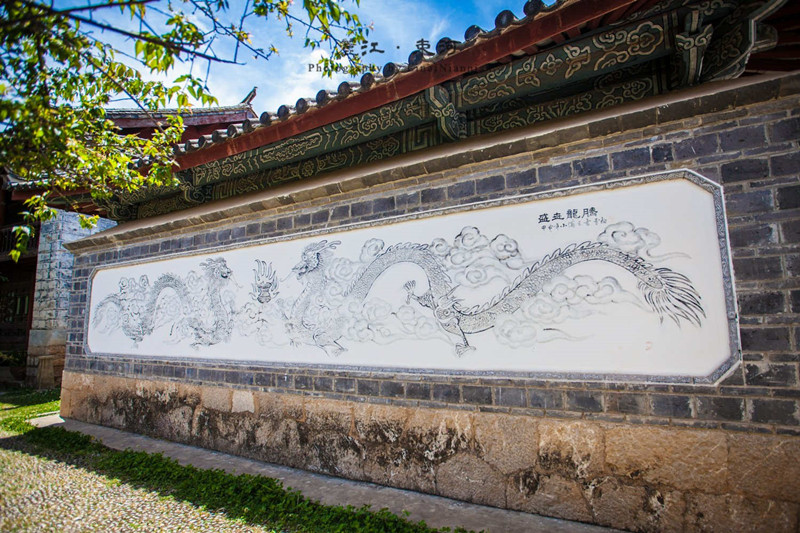
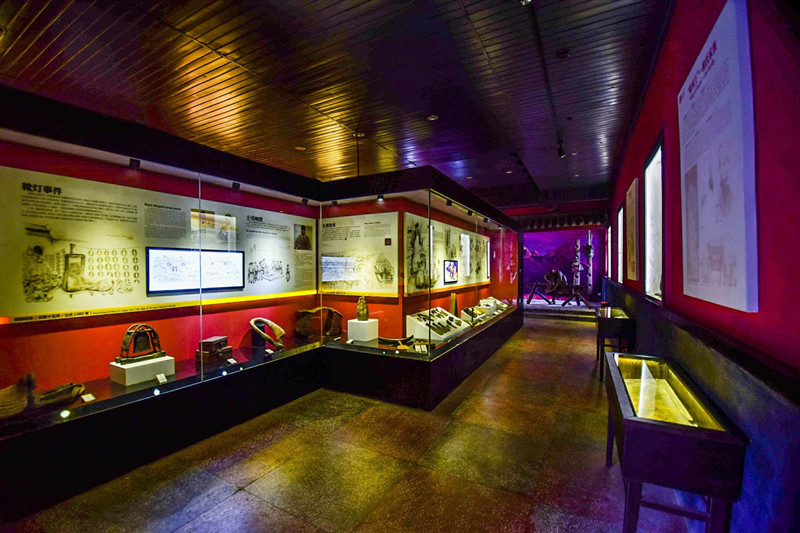
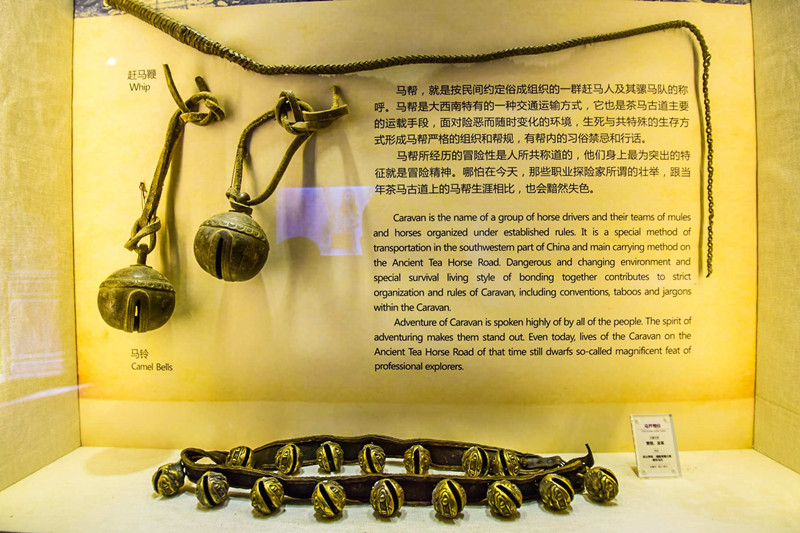


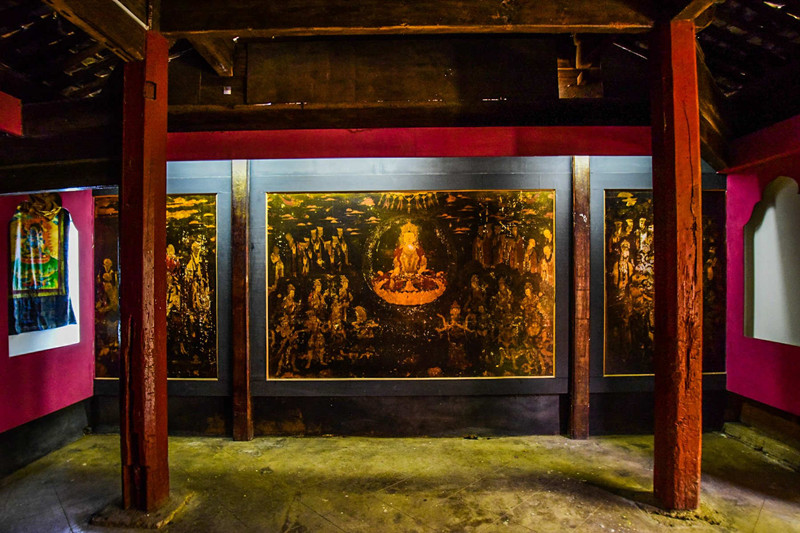
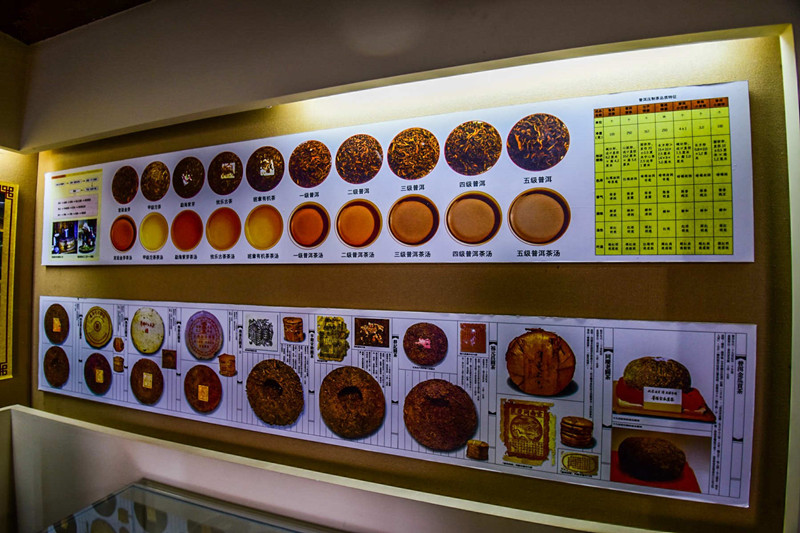
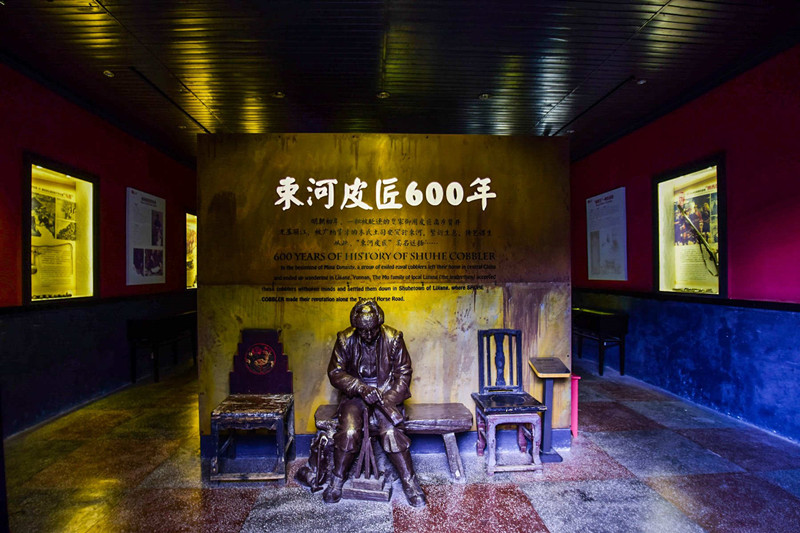


 7 Days GolfingTour
7 Days GolfingTour
 8 Days Group Tour
8 Days Group Tour
 8 Days Yunnan Tour
8 Days Yunnan Tour
 7 Days Shangri La Hiking
7 Days Shangri La Hiking
 11 Days Yunnan Tour
11 Days Yunnan Tour
 6 Days Yuanyang Terraces
6 Days Yuanyang Terraces
 11 Days Yunnan Tour
11 Days Yunnan Tour
 8 Days South Yunnan
8 Days South Yunnan
 7 Days Tea Tour
7 Days Tea Tour
 8 Days Muslim Tour
8 Days Muslim Tour
 12 Days Self-Driving
12 Days Self-Driving
 4 Days Haba Climbing
4 Days Haba Climbing
 Tiger Leaping Gorge
Tiger Leaping Gorge
 Stone Forest
Stone Forest
 Yunnan-Tibet
Yunnan-Tibet
 Hani Rice Terraces
Hani Rice Terraces
 Kunming
Kunming
 Lijiang
Lijiang
 Shangri-la
Shangri-la
 Dali
Dali
 XishuangBanna
XishuangBanna
 Honghe
Honghe
 Kunming
Kunming
 Lijiang
Lijiang
 Shangri-la
Shangri-la
 Yuanyang Rice Terraces
Yuanyang Rice Terraces
 Nujiang
Nujiang
 XishuangBanna
XishuangBanna
 Spring City Golf
Spring City Golf
 Snow Mountain Golf
Snow Mountain Golf
 Stone Mountain Golf
Stone Mountain Golf















